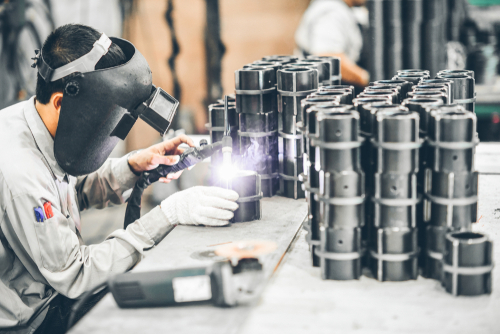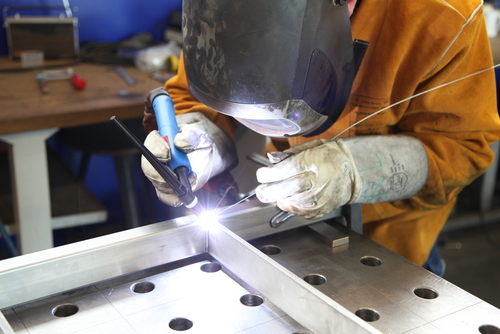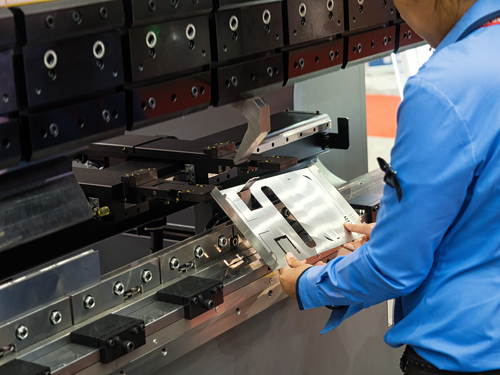If you work in the metal fabrication industry, you’re all too familiar with the challenges in that space. Working with metal is vastly different than generating other consumer products, such as clothing, food, and plastic goods. Fabricating metal pieces requires a certain level of expertise, rigorous safety standards, and a highly organized facility to ensure that mistakes do not occur.
The term “metal fabrication” can be used to describe any process that cuts, shapes, or molds metal material into a final product. This may include brass, steel, copper, iron, nickel, tin, aluminum and other types of metal. Along with various materials, metal workers use different processes, such as welding, shearing, forging, punching and machining. It all depends on what you’re trying to create and on what scale.
Regardless of what kind of process you specialize in, here are five tips for improving the ins and outs of your metal fabrication facility.
Create a Map of Your Workflow
The first step toward improving the metal fabrication process is to gather data on your facility. Whether using an inventory management software system or an old-fashioned pen and paper, itemize every step of your workflow to look for potential gaps in the system. As you continue collecting data on your operations, adjust routine processes and compare the results with your earlier findings. Every change should speed up the production process, so your employees can make efficient use of their time.
Identify Solutions for Possible Delays
Once you collect data on the metal fabrication process, you can develop solutions to some of these problems. For example, the layout of your facility should work in your favor. Make sure your workers can easily hand off products from one station to the next until they reach the final stage. Your employees shouldn’t have to go out of their way to reach the next step in the supply chain.

If some pieces of metal are damaged or not made to specifications, your workers should have a way of sorting incoming pieces without getting distracted from the task at hand. Use nesting trays and totes to quickly set unusable products to the side. You can then melt these pieces down again and push them back through the supply chain.
Finding the Right Containers for Your Products
Using the wrong kinds of containers will also slow down production. Metal tends to be less forgiving than other types of materials, like plastic, wood and paper. Your metal pieces will need a chance to cool before moving onto the next stage of the supply chain. Use metal trays and vented containers to let your extremely hot products breathe.
Metal sheets and pieces can also do a number on your containers. They can easily rip, scratch, or tear away at the lining or surface of your containers as you prepare your products for delivery. That’s why it’s best to use rigid metal bins when sorting, transporting and shipping your products. You won’t have to worry about puncturing your containers or leaving your products susceptible to rain and oxidation.
Keep Your Tools Organized
You also need to keep your supplies organized if you want to improve efficiency. Metalworking tools can be extremely hot and sharp, so it’s best to avoid plastic totes and trays. Instead, use metal storage bins to keep your tools and safety gear organized. Set up a series of bins in a closet or working station. Label each bin according to its contents to ensure all your supplies end up in the right spot.
Focus on Safety
Unfortunately, there are too many deaths every year in the metal fabrication industry. Use proper signing and lighting to keep your employees safe. You can remind your team to wear special safety equipment or to stand back if there are sparks flying nearby. Clear off workspaces and storage areas so your employees have enough room to complete tasks. Keep the floor clean and free of debris to avoid trips and falls, and always keep safety gear accessible to limit any possible danger or risk.
The metal fabrication industry comes with more than its fair share of concerns and challenges. But, with the right data and storage equipment, you can get your products out the door as fast as possible.

